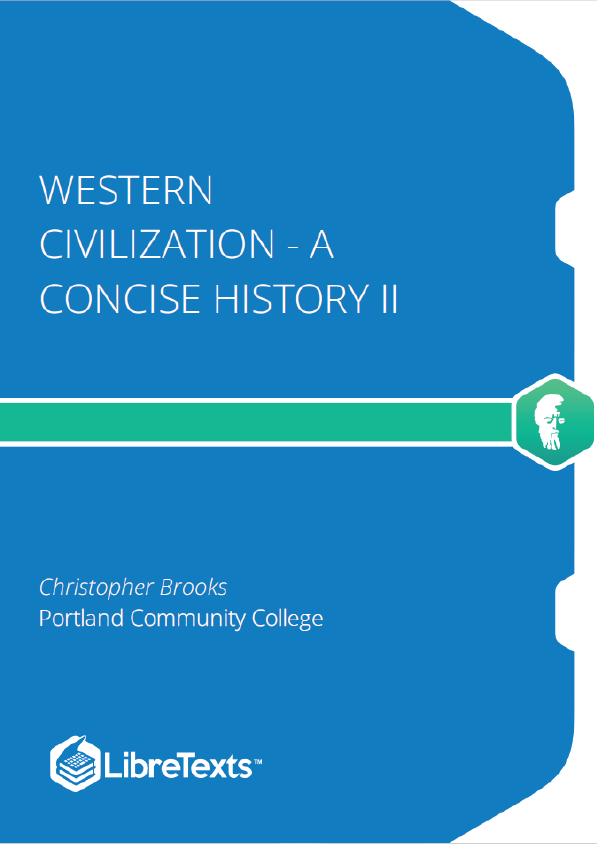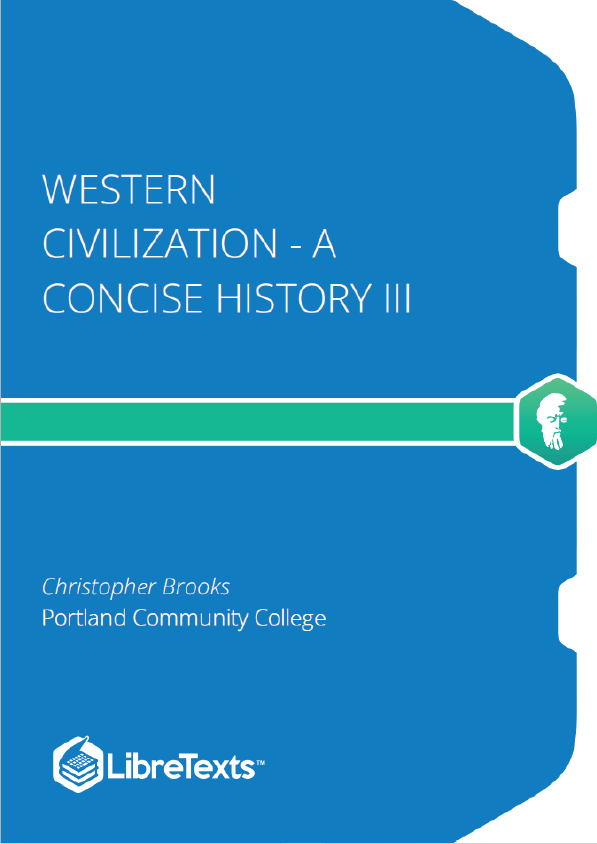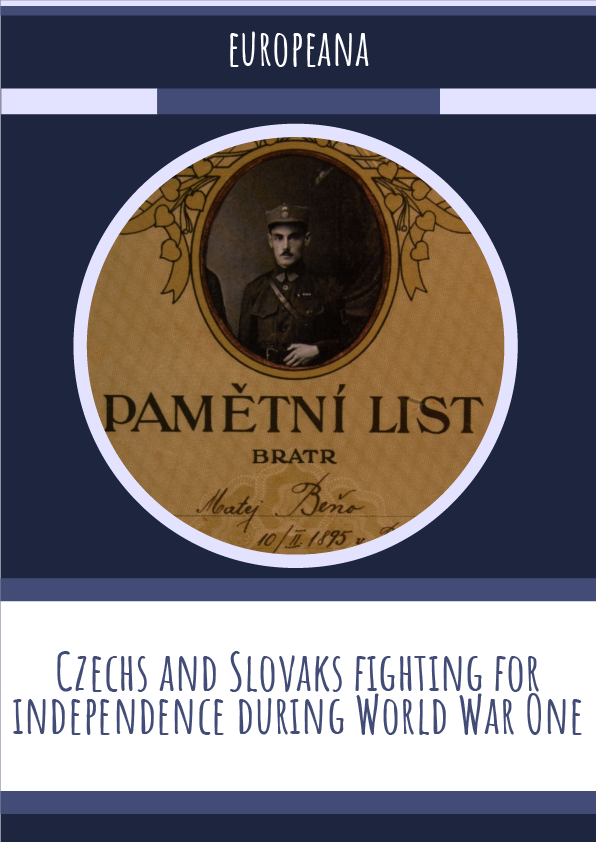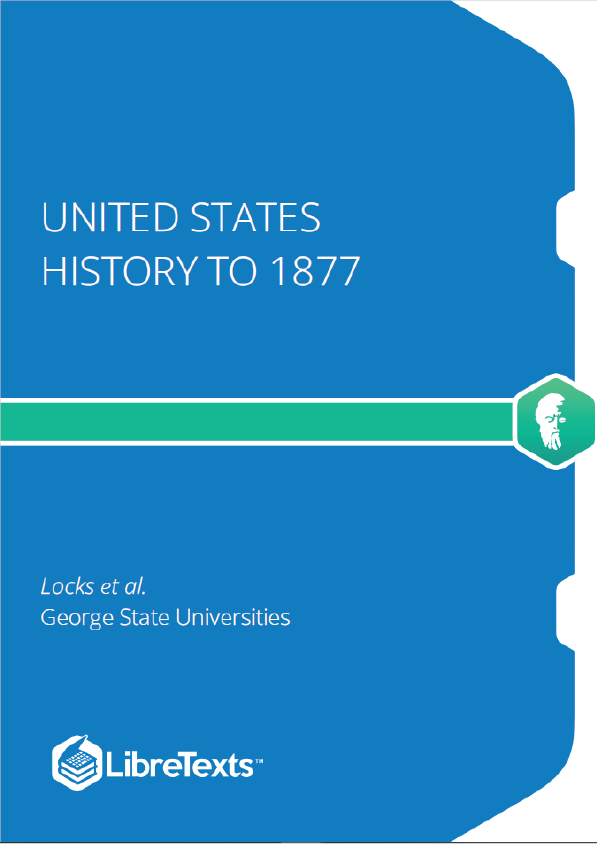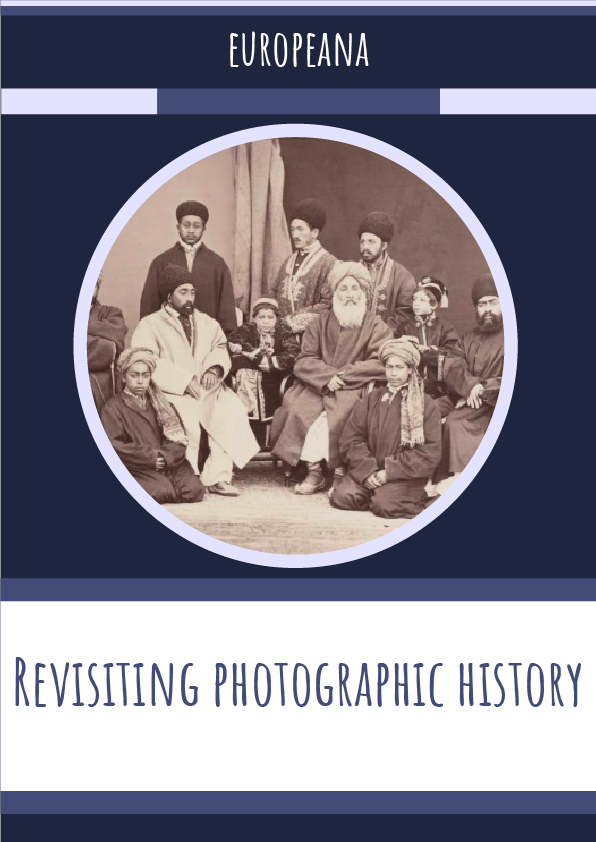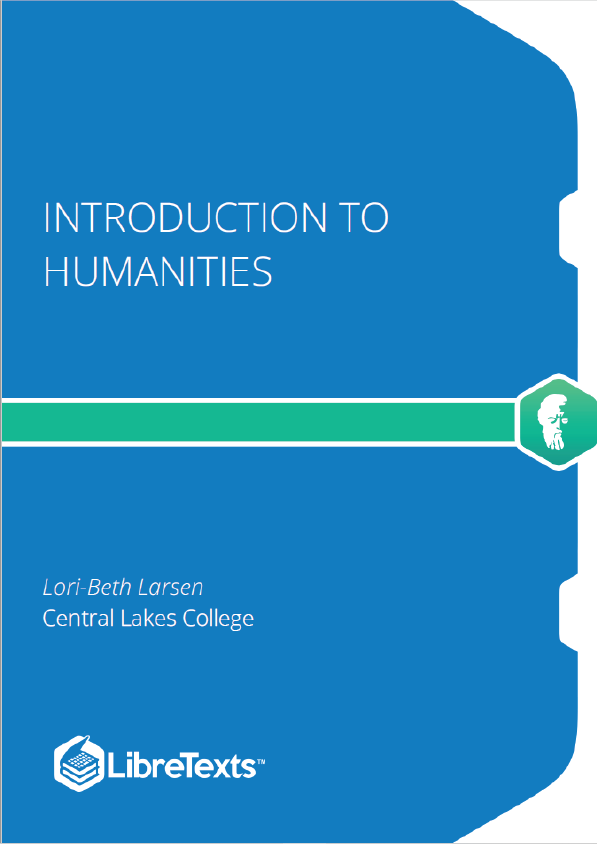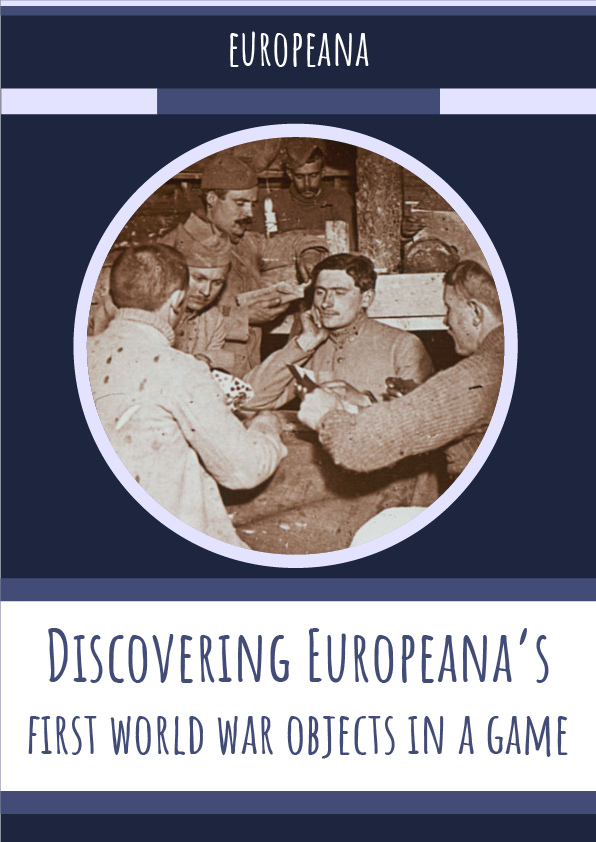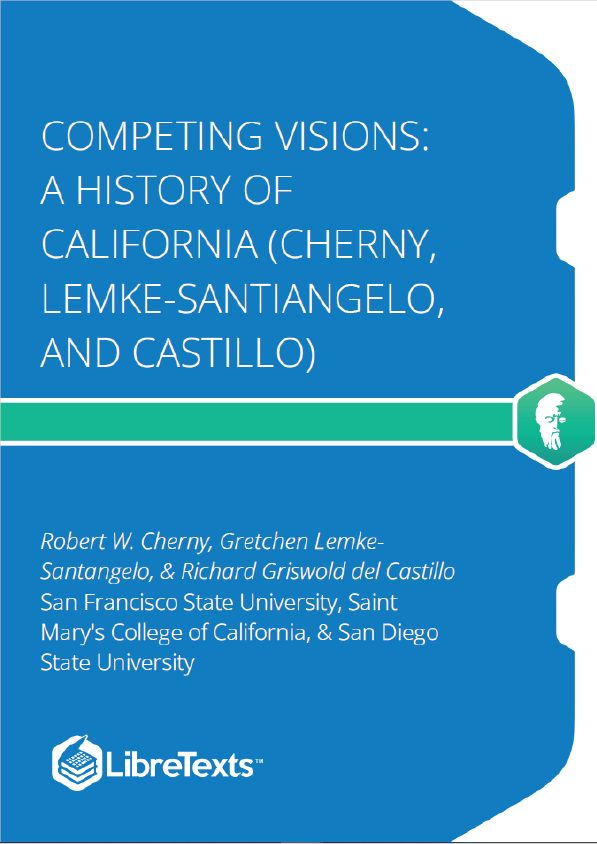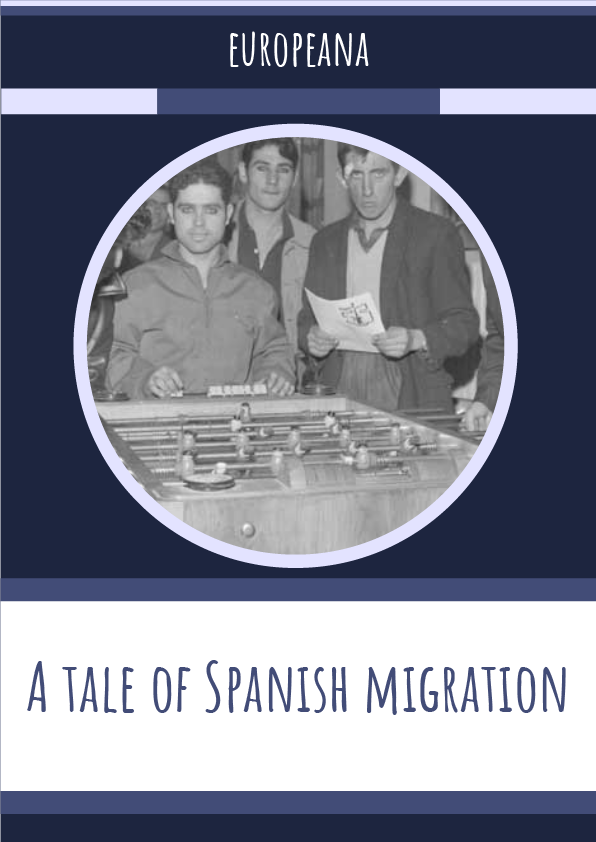The Crusades were a series of invasions of the Middle East by Europeans in the name of Christianity. They went on, periodically, for centuries. They resulted in a shift in the identity of Latin Christianity, great financial benefits to certain parts of Europe, and many instances of horrific carnage. The Crusades serve as one of the iconic points of transition from the early Middle Ages to the “high” or mature Middle Ages, in which the the localized, barter-based economy of Europe transitioned toward a more dynamic commercial economic system.
The background to the Crusades was the power of a new Islamic empire in the Middle East, that of the Seljuk Turks. The Seljuks were fierce fighters, trained by their background as steppe nomads and raiders, who had converted to Islam prior to the eleventh century. They proved even more deadly foes to the Byzantine Empire than had the Arab caliphates, and by late in the eleventh century the Byzantine emperor Alexius called for aid from the Christians of western Europe, despite the ongoing divide between the Latin and Orthodox churches.
In 1095, Pope Urban II responded by giving a sermon in France summoning the knights of Europe to holy war to protect Christians in and near the Holy Land. Urban spoke of the supposed atrocities committed by the Turks, the richness of the lands that European knights might expect to seize, and the righteousness of the cause of aiding fellow Christians. The idea caught on much faster and much more thoroughly than Urban could have possibly expected; knights from all over Europe responded when the news reached them. The idea was so appealing that not only knights, but thousands of commoners responded, forming a “people’s crusade” that marched off for Jerusalem, for the most part without weapons, armor, or supplies.
Much of the impulse of the Crusades came from the fact that Urban II offered unlimited penance to the crusaders, meaning that anyone who took part in the crusade would have all of their sins absolved; furthermore, pilgrims were now allowed to be armed. Thus, the Crusades were the first armed Christian pilgrimage, and in fact, the first “official” Christian holy war in the history of the religion. In addition to the promise of salvation, and equally important to many of the knights who flocked to the crusading banner, was the promise of loot (and, again, Urban’s speech explicitly promised the crusaders wealth and land). Many of the crusaders were minor lords or landless knights, men who had few prospects back home but now had the chance to make something of themselves in the name of liberating the Holy Land. Thus, most crusaders combined ambition and greed with genuine Christian piety.
The backbone of the Crusades were the knightly orders: organizations of knights authorized by the church to carry out wars in the name of Christianity. The orders came into being after the First Crusade, originally organized to provide protection to Christian pilgrims visiting the Holy Land. They were made up of “monk-knights” who took monastic vows (of obedience, poverty, and chastity) but spent their time fighting as well as praying. The concept already existed at the start of the crusading period, but the orders grew quickly thanks to their involvement in the invasions. Two orders in particular, the Hospitallers and the Templars, would go on to achieve great wealth and power despite their professed vows of poverty.
